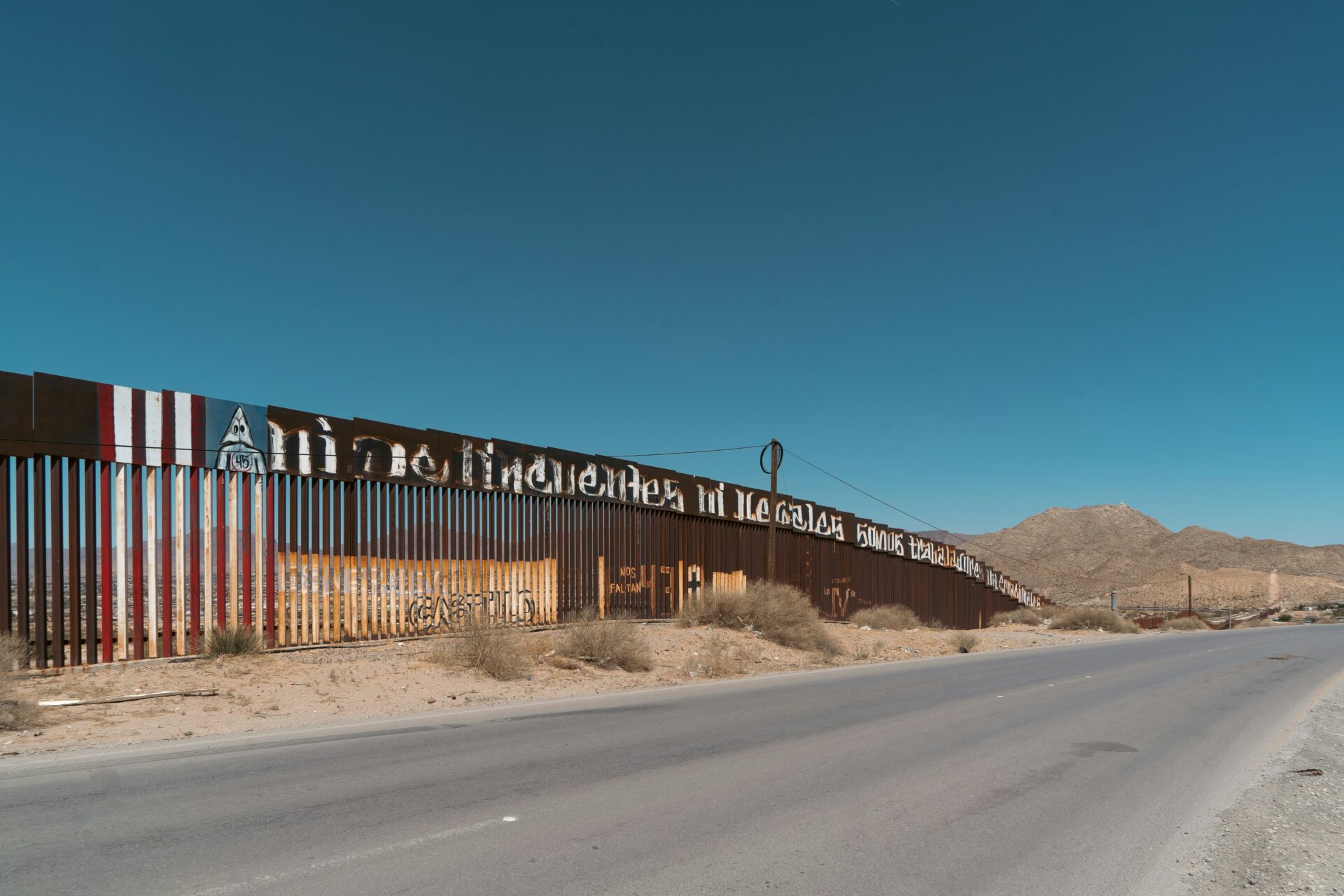On Aug. 11, 2025, US President Donald Trump invoked emergency powers to deploy 800 National Guard troops to the nation’s capital, signaling another alarming escalation of the use of military force during his second term. The military is now being used in ways once unimaginable for immigration enforcement — stationing troops in US cities, detaining migrants in military prisons, and invoking wartime powers to expel them.
From day one, Trump has framed migration as a national security threat, vowing to launch “the largest deportation program of criminals” in US history. What has followed is a calculated effort to expand military power into domestic immigration policy and blur the lines between enforcement and war.
Just days into his presidency, Trump moved to bypass Congress by signing 10 executive orders expanding military involvement in immigration enforcement.
Among the most consequential was the order “Declaring a National Emergency at the Southern Border of the United States.” This reclassified the movement of migrants at the border as a “national emergency” and authorized the Department of Defense to deploy troops to the border. Another order, “Clarifying the Military’s Role in Protecting the Territorial Integrity of the United States,” assigned servicemembers with the mission of “repelling the invasion and sealing the United States’ southern border from unlawful entry.”
As a result, nearly 10,000 active-duty troops are stationed along the southern border, supporting detention, removal, and enforcement operations. These executive orders marked the administration’s first step in recasting immigration not as a humanitarian or legal issue, but as a national security crisis demanding a war-like response. With the signing of the reconciliation package in July, Congress has given the administration $170 billion to carry out a dangerous campaign that fails to respond to modern migration challenges.
In March, Trump unlawfully invoked the outdated Alien Enemies Act (AEA) to exile approximately 250 Venezuelans to El Salvador without a semblance of due process. Federal courts have since ruled that removal, even under the AEA, must comply with constitutional protections. The AEA had never been used outside of wartime. The last instance was during World War II, when the US government shamefully justified the internment of Japanese, Italian, and German nationals.
Trump overstepped congressional war powers by labeling the Venezuelan gang Tren de Aragua (TdA) a foreign, wartime enemy. The US is not at war with this group, yet the president used the AEA in an outrageous powergrab to apprehend and remove any Venezuelan noncitizens 14 years of age or older deemed members of TdA. This represents an unprecedented abuse of executive authority.
“The threat of war powers continues to escalate.”
For four months, 252 men exiled to El Salvador were imprisoned in CECOT, a facility notorious for its grim and widespread human rights offenses. Now released and repatriated in Venezuela, the men have shared harrowing accounts of beatings, torture, and sexual abuse inside CECOT. They were held with limited access to legal counsel and deprived of sunlight and time outdoors. Many of the men detained had no criminal record in the US or in Venezuela, and in most cases, the US government failed to provide sufficient evidence of any TdA affiliation.
Trump’s misuse of the AEA signals a sharp turn, marked by an alarming misuse of war powers and a disregard for due process — a constitutional right afforded to anyone on US soil, regardless of immigration status.
The threat of war powers continues to escalate. On June 7, 2025, Trump became the first president since 1970 to federalize the National Guard, deploying nearly 4,000 National Guard troops and 700 Marines to Los Angeles to respond to protests following immigration raids. The event renewed concerns over the possible invocation of the Insurrection Act to deploy the military for interior policing.
For more than 23 years, Guantánamo Bay has symbolized torture and indefinite detention. It has drawn condemnation from human rights experts and members of Congress, many of whom have called for its closure. Opened in January 2002 to hold alleged terrorists, the facility continues to serve as a moral stain on the US and a global symbol of unchecked executive power.
Now, in a disturbing expansion of immigration enforcement, Trump has proposed detaining up to 30,000 migrants at Guantánamo. More than 500 have already been held at the site, costing taxpayers over $40 million, in addition to transportation costs of $21 million or more than $26,000 per flight hour. Even more alarming, reports indicate that some migrants have been detained not just at the Migrant Operations Center, but by military personnel at Camp 6 — a facility built for high-level terrorism suspects. This is unlawful, as only members of the Taliban, al-Qaeda, or their “associated forces” are permitted to be held in military detention at Guantánamo.
Using a wartime prison to hold migrants marks a dangerous convergence of military power and civil law. It erodes civil liberties and continues to set a chilling precedent for future enforcement. All the while, the Trump administration continues to conflate immigration management with warfare, endangering both citizens and noncitizens. Violent immigration policies — family separation, abusive detention, and military-involved removals — sow fear and insecurity. As the Quaker Statement on Migration affirms, “Migration injustice values the perceived security of some over shared security: a militarized approach to security threatens security for all of us.” America will not thrive waging war on itself. Congress must modernize the outdated system with humane asylum processes, a citizenship pathway, and just, orderly border policies.




















